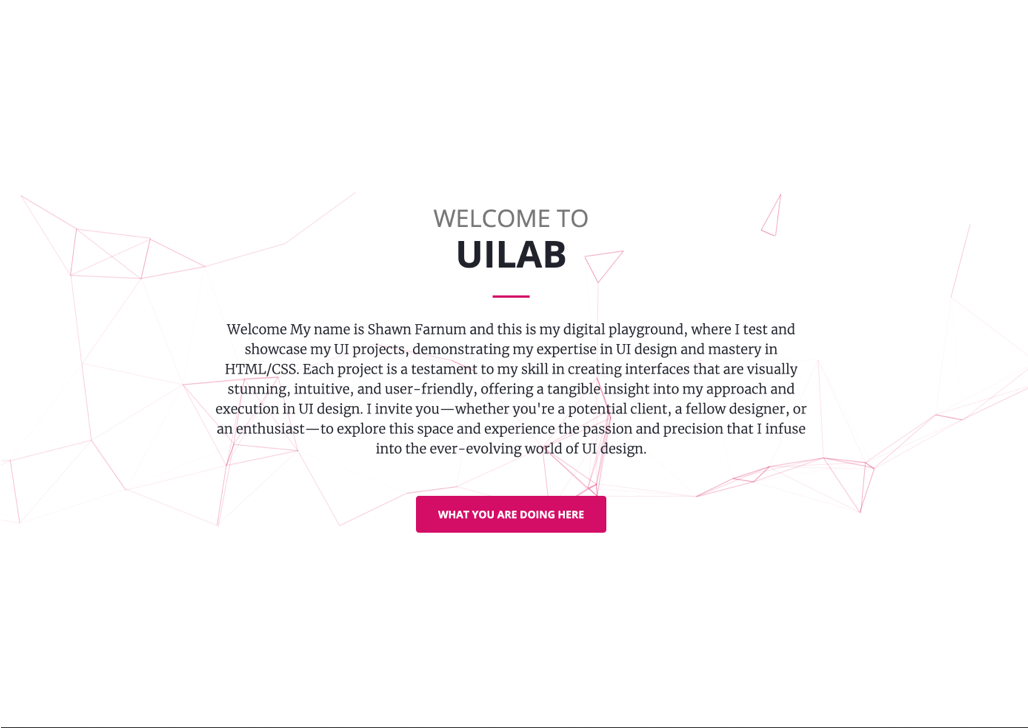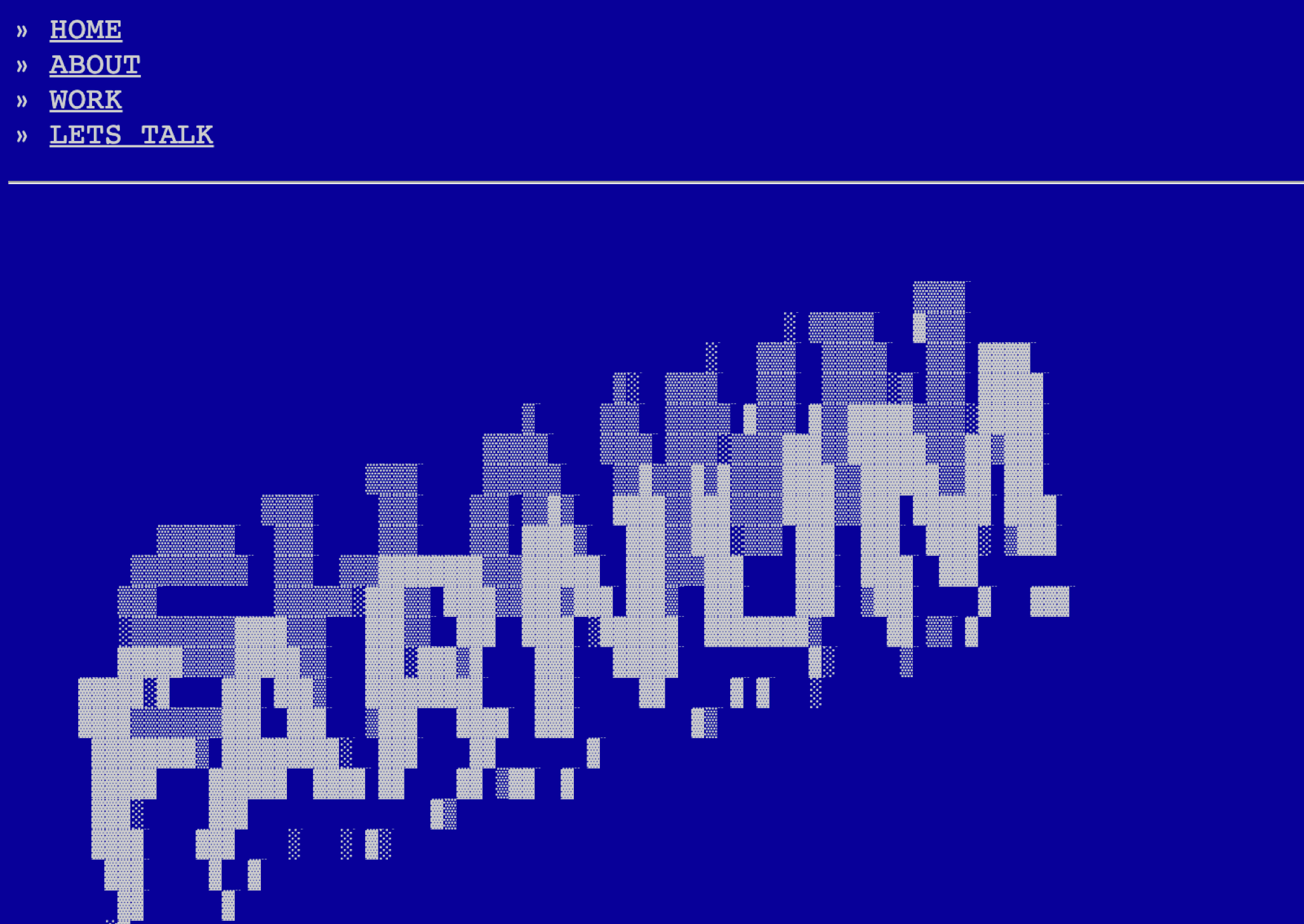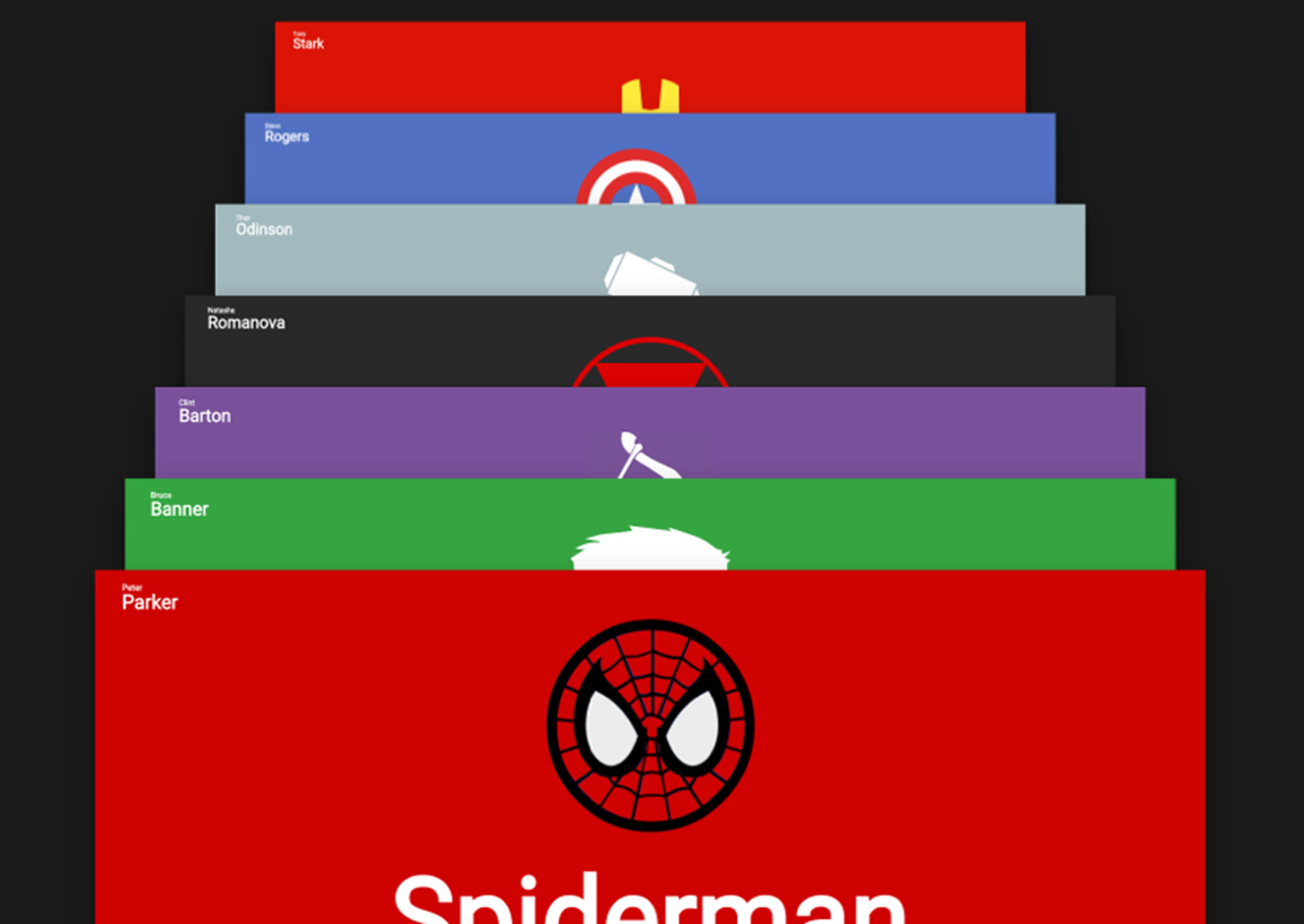Project Brief
Objective
Merging retro charm with modern web functionalities in my designs hits that sweet spot. I created a retro-themed website, it stands out with its unique, nostalgic vibe, instantly catching the user’s eye and evoking a sense of nostalgia. It’s not just about being different; it’s about creating an emotional connection. But the real game-changer for me is blending this with sleek, modern features like smooth scrolling, intuitive anchor tagging, captivating pop-up imagery, and responsive design for all devices. This combination creates a truly engaging user experience. It’s this harmonious mix of old-school cool and contemporary tech that keeps users engaged and exploring. The best part of my design process? Seamlessly integrating these elements showcases my ability to balance style with efficiency. I make my sites not just visually appealing but also a breeze to navigate, no matter the device. It’s all about creating that perfect blend of past and present to captivate users at every click.
Screens
Target Market:
Our target market encompasses individuals aged 18-50 years, residing primarily in urban environments, who are passionate about specific hobbies or interests. This includes students, young professionals, creative individuals, hobbyists, and enthusiasts who are already accustomed to using digital platforms for social interaction and seek meaningful connections based on shared interests. Given the widespread use of digital devices and the increasing prominence of niche hobbies and interests, we anticipate a substantial target market spread across a broad demographic spectrum, with significant international potential.
Competitor Analysis:
Several platforms serve as indirect competition, including general social networking sites like Facebook, meetup-focused platforms like Meetup.com, and hobby-specific forums and online communities. Dating apps with friend-finding features, such as Bumble BFF, might also serve as competitors. However, none of these platforms offer a focused approach to connecting individuals based purely on shared interests without the context of dating or professional networking. Our app’s unique positioning could provide a competitive edge over these existing platforms.
Market Needs:
There is a growing need for digital platforms that promote meaningful social connections based on shared interests and hobbies. Many existing platforms either focus on professional networking, dating, or broad social networking without the necessary tools to cater to niche interests. Users are seeking a platform that allows them to find, join, and engage with communities of like-minded people seamlessly, making it easy to share, learn, and engage with their hobbies or interests.
Market Trends:
There is a growing trend towards digital platforms that cater to specific niche communities and interests. As people’s digital habits evolve, there’s an increasing desire for more personalized and meaningful online interactions. Additionally, as more hobbies and activities move online due to changes in lifestyles, the need for platforms to facilitate these activities is expected to rise. The trend of gamifying user experiences to increase engagement and retention is also prominent.
Market Challenges:
The challenges include differentiating ourselves in a market with well-established social platforms, ensuring user privacy and data security, and maintaining consistent user engagement. Additionally, managing and moderating community interactions to ensure a positive and respectful environment could be a significant challenge. Gaining initial traction and reaching a critical mass of users to ensure diverse and active communities is another potential challenge.
Potential Market Growth:
The potential for market growth is substantial. As digital connectivity continues to grow, more people are turning to online platforms to engage with their hobbies and find like-minded communities. According to Statista, as of January 2021, there were 4.66 billion active internet users worldwide, demonstrating the massive potential audience for our app. As the trend toward personalized and interest-based digital interactions continues, we anticipate considerable market growth in the coming years.


